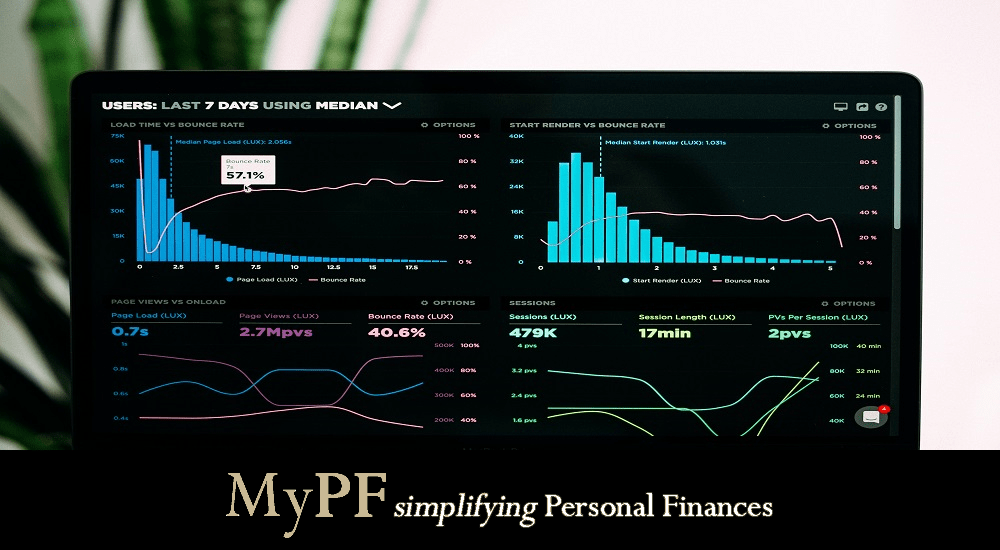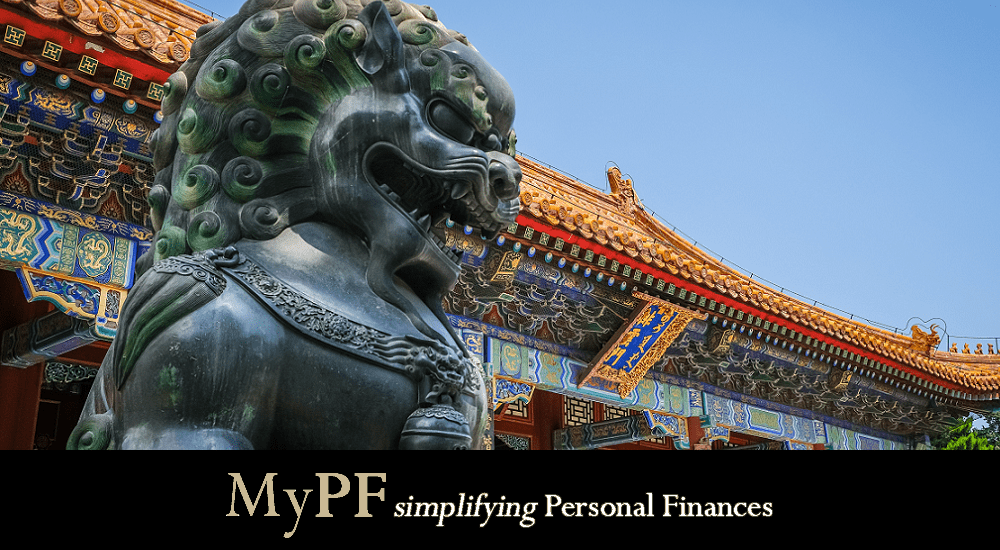Are you worried about the slowdown in China and its impact on your investments? These sectors in Malaysia could be in for a rough ride!
China, the world’ biggest economy, grew by just 0.4% in the second quarter of 2022, its weakest growth since the pandemic in 2020. In line with its zero-Covid policy, the Chinese government has imposed lockdown restrictions in several large Chinese cities such as Shenzhen, Shanghai, and Beijing to curb the spread of Covid-19.
As Malaysia’s biggest trading partner is China, a slowdown in China has dire consequences for some Malaysian sectors and companies. Find out below which sectors could be affected the most!
Contents
Our Data Sources
We will be utilising data obtained from the Observatory of Economic Complexity (OEC), where it keeps track and publishes exports and imports data from countries all over the world. It also examines the specific exports and imports between countries, where we will be looking at data specifically between Malaysia and China. The latest data source is the year 2020.
#1: Electronics and Electrical Sector
Interestingly enough, Malaysia’s reputation as a country that mainly exports raw materials overseas is half-true. It’s biggest exports overseas are actually electronics and electrical (E&E) products, at about $108 billion or 40.4% of its total exports in 2020.
Not surprisingly, Malaysia’s biggest exports to China are electronics and electrical (E&E) products, worth around $15.8 billion or 40.8% of total exports to China. A slowdown in economic growth in China, would mean that there is less demand as China is the factory of the world. As a result, companies which heavily export electronics and electrical products, could be negatively affected.
For investors who are invested in these companies, it would be prudent to monitor the values of your investments and determine whether they will be significantly affected by the slowdown. The KL Technology Index, which is a proxy to electrical and electronics sector, declined by 20.9% since the end of March 2022, when lockdowns were imposed in the Chinese economy to curb the wave of Covid-19 cases.
#2: Oil and Gas Sector
It is no secret that Malaysia is a major exporter of oil and gas to the world. With the presence of Petronas, Malaysia has traditionally exported a significant proportion of oil and gas, accounting for about 11.0% of total Malaysian exports in 2020.
China in this regard, is a big consumer of Malaysian oil and gas products too, with about 9.6% of exports heading to China. As China is the biggest economy in the world and consumes a lot of commodities, a slowdown would mean that oil and gas companies would export less oil and gas products. For example, revenue from China accounts for a significant 7% of Petronas revenue in 2021, behind Japan (8%), Europe (9%), Singapore (12%), Africa (12%) and Malaysia (27%).
Many Malaysian investors are invested in the oil and gas sector in Malaysia, and should monitor the impact of a slowdown in demand for oil and gas from China. The KL Energy index, which proxies the oil and gas sector in Malaysia, declined by 11.9% from March 2022 to July 2022, despite the high crude oil and gas prices.
#3: Metal Sector
The metal sector in Malaysia consists of iron & steel, aluminum, copper, zinc, nickel, and other metals. Exports of these metals account for about 12.0% of Malaysian exports to China in 2020. With a population of 1.4 billion, China still has a long way to go in terms of building up the infrastructure to accommodate the increasing needs of its population, and hence demands for large amounts of construction raw materials.
Interestingly enough, about $2.2 billion or 42.8% of Malaysia’s export of iron and steel goes to China, which makes Malaysia’s iron and steel companies very reliant on the demand from China. Most of these materials goes into the construction sector in China. Meanwhile, about $1.3 billion or 34.9% of total Malaysian exports of aluminum are exported to China, where they are used as raw materials in the green energy, construction and automotive sectors.
Likewise with the E&E and oil & gas sector, Malaysian investors should keep track of the performance of these raw metal companies as China’s demand is a key factor towards their financial performance. The KL Industrial Product Index, which proxies the metal sector, declined by 14.1% from March 2022 to July 2022.
#4: Palm Oil Sector
Both Malaysia and Indonesia accounts for the top producers of palm oil in the whole world, with Indonesia as the biggest producer and Malaysia at second. Malaysia exports the most palm oil to both India and China, at about 15.5% and 11.2% respectively of Malaysia’s total export of palm oil in 2020.
China is a big contributor to the Malaysian palm oil industry, where palm oil exports to China is worth about $1.2 billion or 3.1% of total Malaysian exports to China. It is used in almost all types of cooking oil and processed food, where China is the world’s second largest importer of palm oil after India.
As palm oil companies form a key part of the Malaysian economy, investors should do well in monitoring the slowdown in demand for palm oil as China’s consumers suffer from the weaker salaries and wages in the current economic slowdown. The KL Plantation Index, which proxies the palm oil sector, declined by 13.3% from the months of March 2022 to July 2022.
Conclusion
China’s economic slowdown since March 2022 does affect sectors that rely heavily on demand from China. In particular, investors should keep an eye on the market performance of Malaysian companies in the E&E, oil & gas, metals, and palm oil sectors.
Interested to know more? Let us know in the comments below what you want to know about the Malaysia and China connection!










Leave A Comment